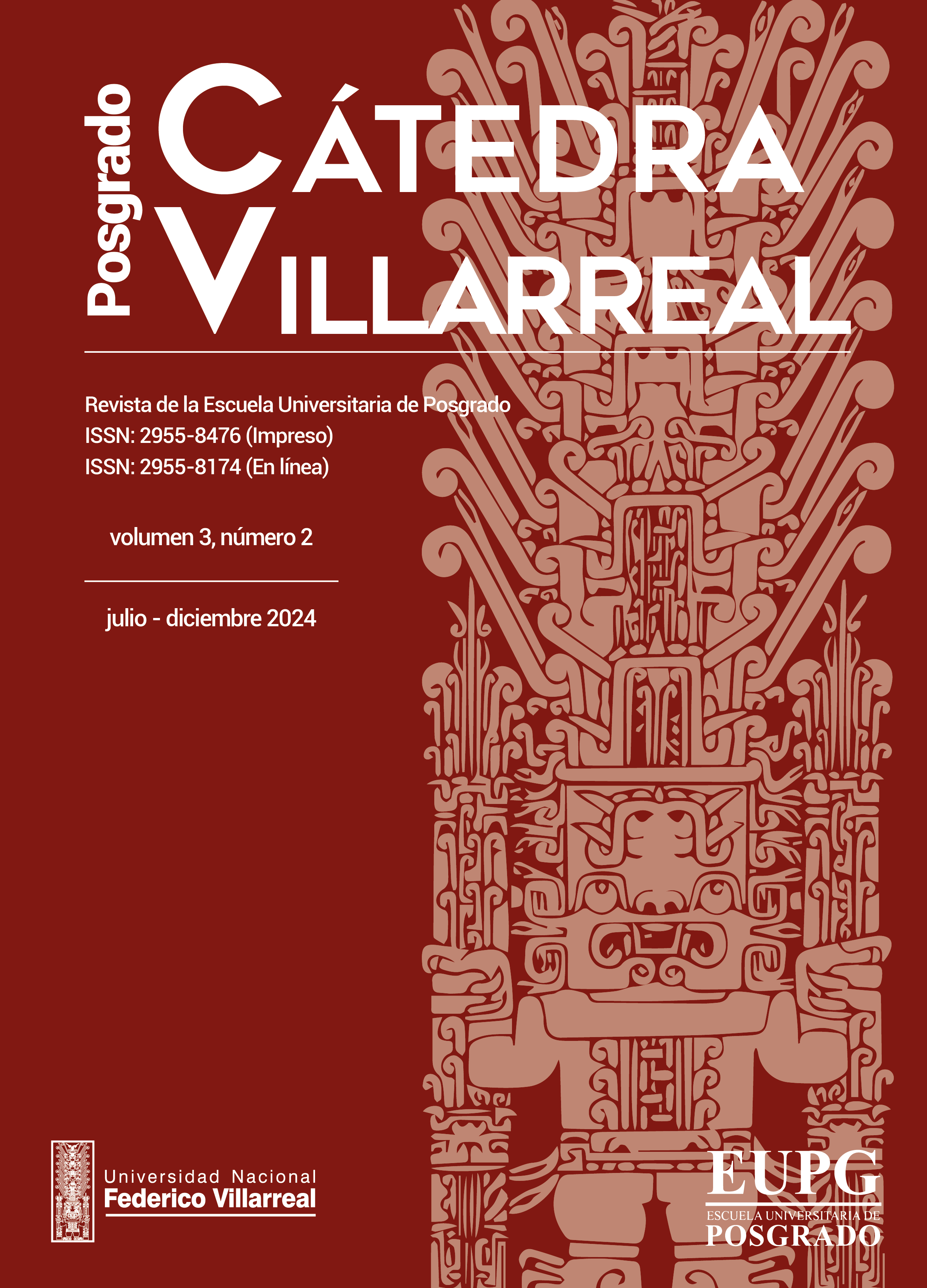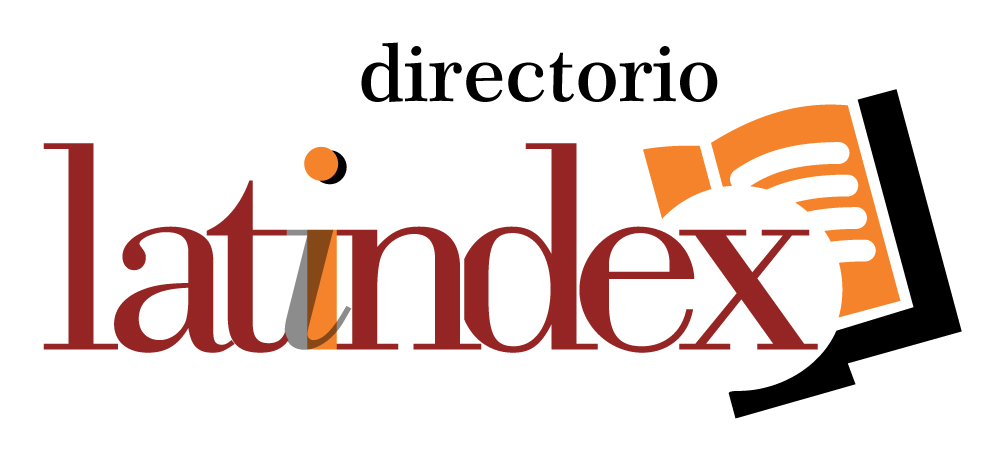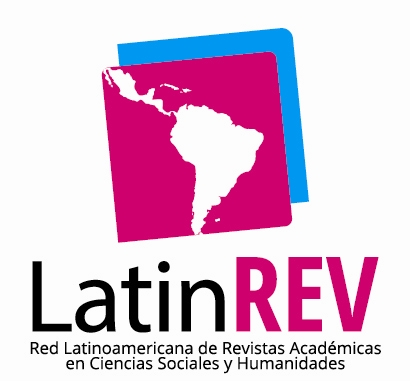Management model for surveillance and control of Aedes aegypti, dengue vector, Santa Anita – Peru
DOI:
https://doi.org/10.62428/rcvp2024321904Keywords:
Vector, management, ovitraps, homes, outbreaks, coverageAbstract
The objective of this study was to establish a management model to improve the surveillance and control of the dengue vector in the district of Santa Anita; executing a quantitative research methodology, application level and descriptive-explanatory scope, in a universe of 66,913 homes, applying descriptive statistics and the Student t test; executing reporting methods such as home inspection, detection of breeding sites, analysis of risk factors, control and evaluation of ovitrap records, home inspection records and consolidated reporting, identification of risk areas through GIS, and applying prevention strategies. intervention for subsequent impact evaluation. The results showed that the coverage of Aedes aegypti, for the control action, was 87% and 88% for surveillance, where the localities with the highest risk of dispersion were the Universal Cooperative Health Center, the Santa Anita Maternal and Child Center and the Health Center. Chancas de Andahuaylas, implementing larval control strategies, adult mosquito control and community participation with a high number of inhabitants each month but with a low availability in the reduction of Aedes aegypti. The management model to improve the Surveillance and Control of Aedes aegypti includes surveillance and control coverage, reporting methods, identification of risk areas through the GIS, applying local intervention strategies with community participation and evaluating the impact of the model, during the period of 18 consecutive months.
Downloads
Published
How to Cite
Issue
Section
License
Copyright (c) 2024 Willy José Oriundo Vergara

This work is licensed under a Creative Commons Attribution-NonCommercial-ShareAlike 4.0 International License.
Eres libre de
- Compartir : copiar y redistribuir el material en cualquier medio o formato.
- Adaptar : remezclar, transformar y construir sobre el material.
El licenciante no puede revocar estas libertades siempre que cumpla con los términos de la licencia.
Bajo los siguientes términos:
- Atribución : debe dar el crédito apropiado , proporcionar un enlace a la licencia e indicar si se realizaron cambios . Puede hacerlo de cualquier manera razonable, pero no de ninguna manera que sugiera que el licenciante lo respalda a usted o su uso.
- No comercial : no puede utilizar el material con fines comerciales .
- CompartirIgual : si remezclas, transformas o construyes a partir del material, debes distribuir tus contribuciones bajo la misma licencia que el original.
- Sin restricciones adicionales : no puede aplicar términos legales ni medidas tecnológicas que restrinjan legalmente a otros hacer cualquier cosa que la licencia permita.
Avisos:
- No tiene que cumplir con la licencia para elementos del material que sean de dominio público o donde su uso esté permitido por una excepción o limitación aplicable.
- No se dan garantías. Es posible que la licencia no le otorgue todos los permisos necesarios para el uso previsto. Por ejemplo, otros derechos como publicidad, privacidad o derechos morales pueden limitar la forma en que utiliza el material.












